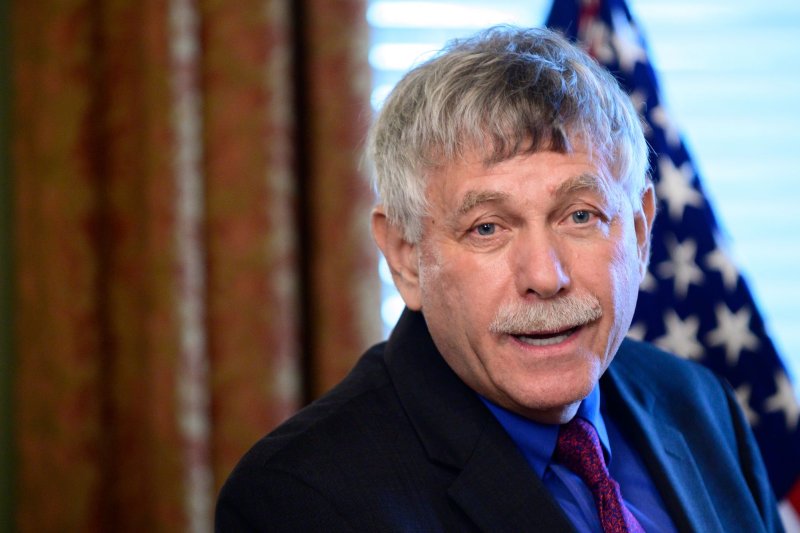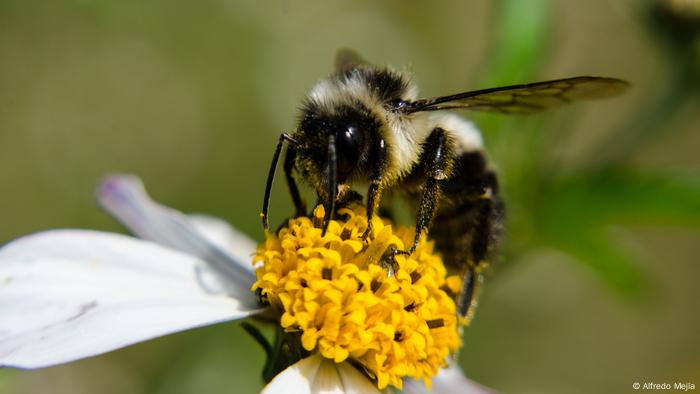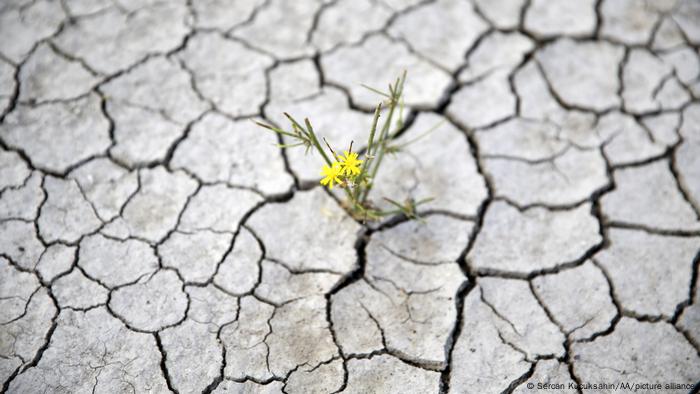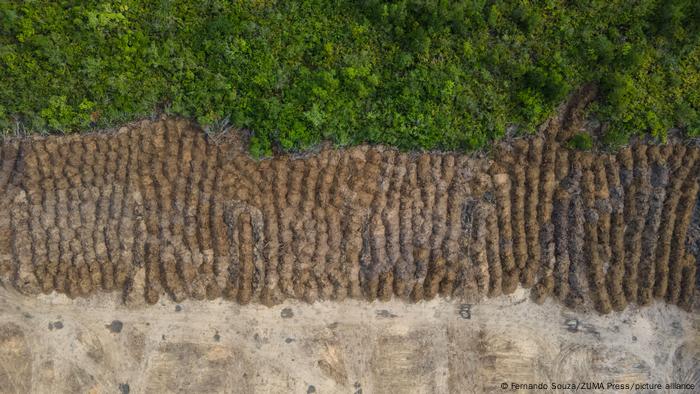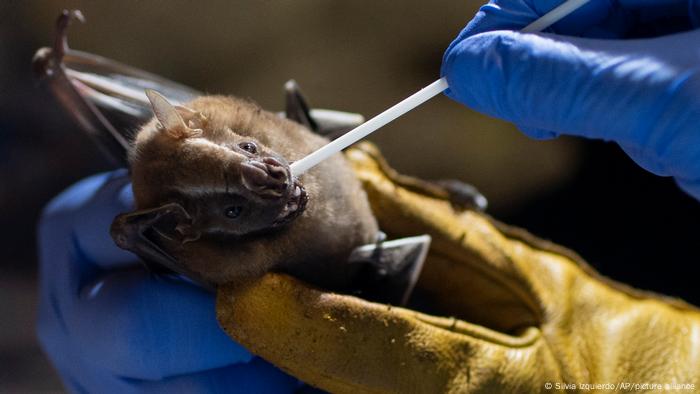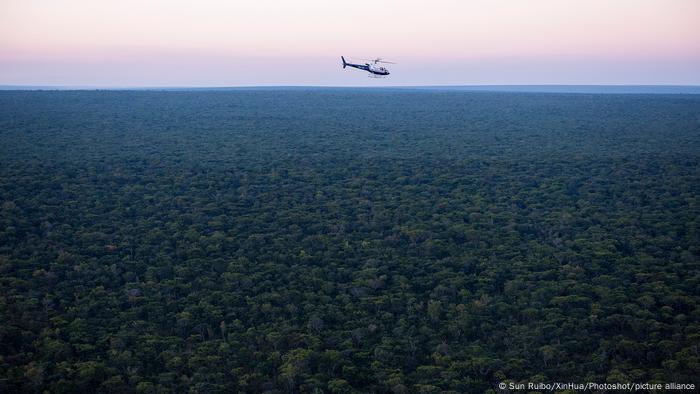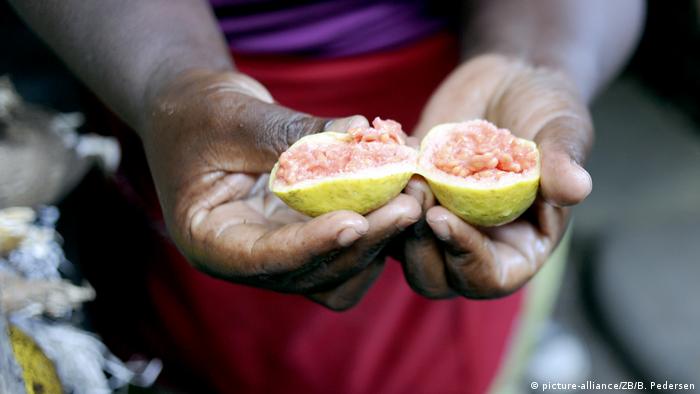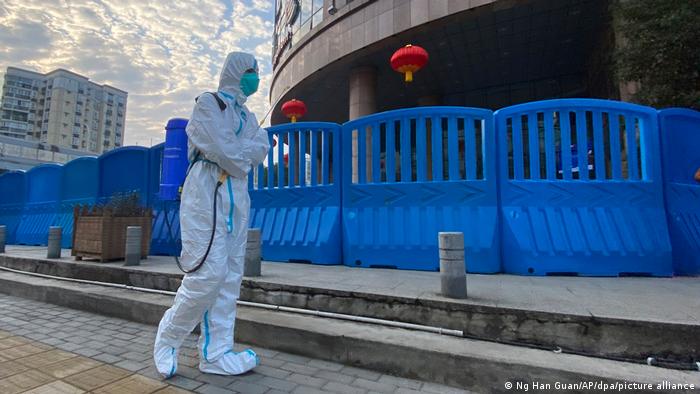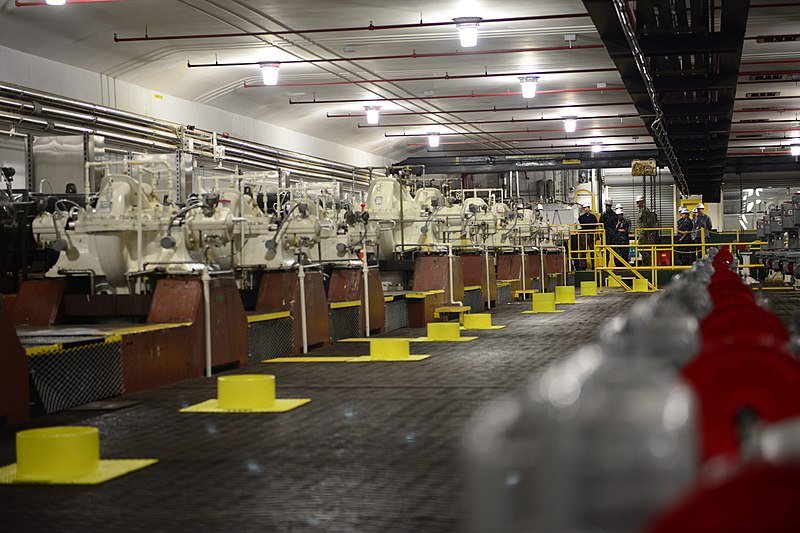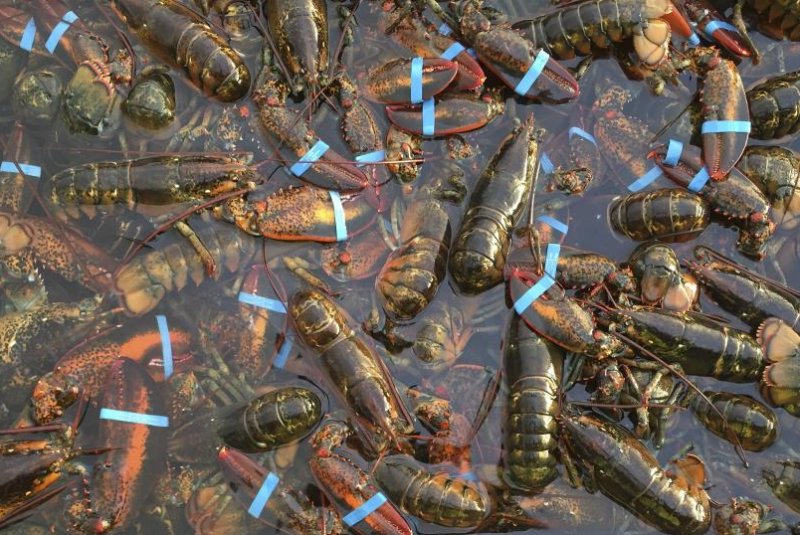How colonial powers presented people in 'human zoos'
Up into the 20th century, ethnological shows presented people as exotic objects. Two exhibitions shed light on the cruel colonial history

From the age of colonial exhibitions
The 267 women and men from the Belgian colony of Congo were housed somewhere in the back of the extensive park in the Brussels suburb of Tervuren, penned up as if they were in a petting zoo.
Brought to Belgium at the behest of King Leopold II, they were set up under the thatched-roof huts of a fake "Congo village" to be marveled at by the European public. Up to 40,000 visitors a day came to gawk at them at the 1897 World's Fair.
Seven Congolese had died by the time the fair ended. In their honor, the AfricaMuseum Tervuren — designed as a colonial museum in the late 19th century, and renovated and renamed several times since then — is now holding a special exhibition, which runs until March 5: "Human Zoos: The Age of Colonial Exhibitions."
Claim of superiority
At the Berlin Africa Conference of 1884-1885, 14 European nations divided up the continent among themselves.
Belgian King Leopold II was granted an area 80 times the size of his country as a private colony: the Congo.

Belgium claimed that it was "bringing civilization to Congo"
His "Africa Palace" museum in Tervuren, complete with living exhibits, left no doubt as to the European's claim to superiority: a brass plaque beneath a portrait of Leopold with two Black children read, "Belgium brings civilization to the Congo." In reality, the country's resources were ruthlessly exploited, the people abused as laborers, or brought to Europe and gawped at.
Popular pastime
The human zoo drew enormous crowds, said Maarten Couttenier, a historian and anthropologist and one of the three curators of the Brussels show. They literally presented people from the Congo as cavemen, dancing in raffia skirts, full of primitive desires, he told DW, adding they were never shown as intellectuals or artists or just normal people.
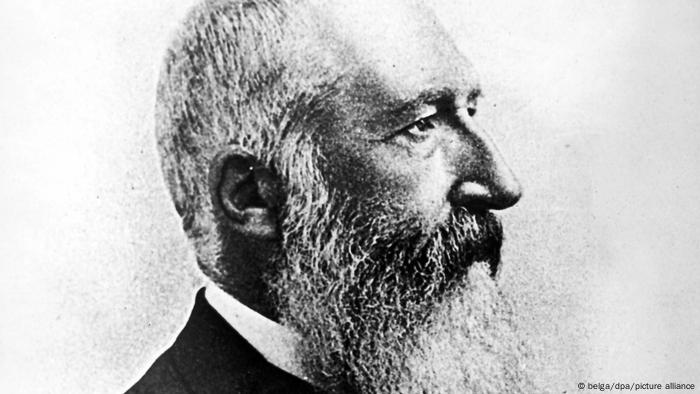
Belgian King Leopold II
It was not a regional phenomenon, either, Couttenier said. People of all races were exhibited, and shown everywhere, in Europe, America, Japan, and even in Africa, he says. But the mechanism was always the same, he added — visitors would see what was totally strange to them and "feel superior."
Pseudo science of racial types
In the heyday of European colonialism, "human zoos" — or exhibitions of groups such as Africans, Indigenous peoples of the Americas and the Sami from Scandinavia — traveled the countryside for popular amusement. They were set up along the lines of a crude "scientific" anthropology.
A 1903 diagram of "racial types" shows that racist fantasies of superiority considered non-European people to be nonhuman primates; the colonial powers were convinced of their own "civilized superiority."
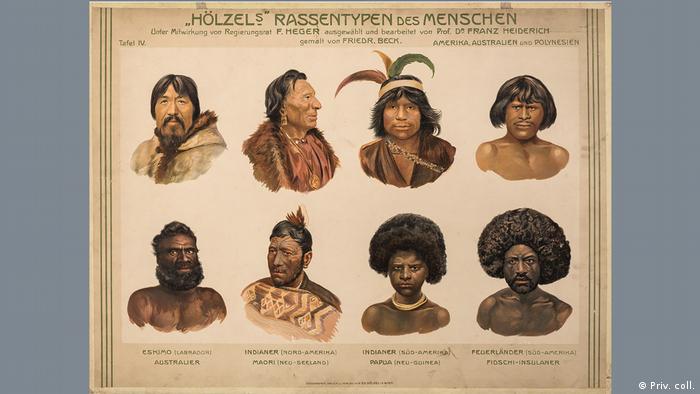
Racial classification, presented as 'science'
In Germany, the Hamburg-based animal trader and zoo founder Carl Hagenbeck turned human zoos into a business model. The fairground showman Friedrich Wilhelm Siebold displayed people at the Munich Oktoberfest until 1931.
Berlin exhibition also looks back at its human zoos
The first colonial exhibition in Germany was held in 1896. As part of a trade show in Berlin, organizers had set up a village in a park in the city's Treptow district, dubbing it with a derogatory term for Black people.
Lured by false promises, more than 106 Africans from the German colonies were brought to Berlin, where they were forced to present themselves to the astonished public for seven months as villagers in exotic costumes. They were repeatedly subjected to publicly humiliating medical or "racial" examinations.
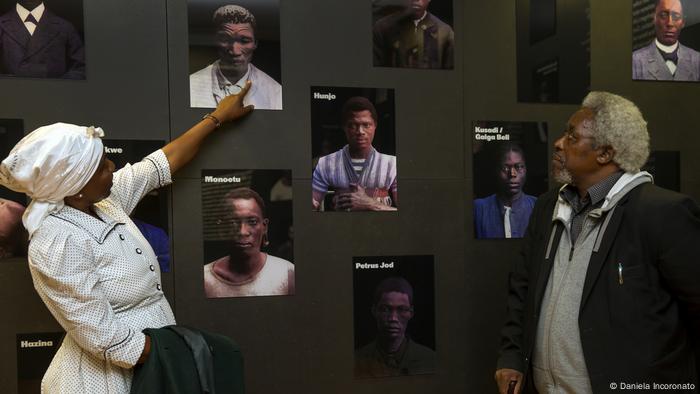
"Looking Back" is the first permanent exhibition on colonialism, racism and
Black resistance in a public museum in Berlin
"Zurückgeschaut" (Looking Back), an updated permanent exhibition at the Museum Treptow that reopened in October 2021, sheds light on this dark chapter and traces the biographies of the people who were reduced to objects.
It also shows how the colonial masters suddenly encountered resistance when the living exhibits stepped out of the role assigned to them.
For example, Kwelle Ndumbe, from Cameroon, bought an opera glass and used it to stare at the audience.
The same mechanisms today
The concept of the racist gaze underlying the human zoos still exists today, Couttenier said. He has colleagues with darker skin color who face it every day, for instance when looking for an apartment or a job. It's always the same process, he says: defining an otherness in order to be able to say, "I'm better than you."
Children are not born racists, he said: "We raise our children to see people as different and inferior."
